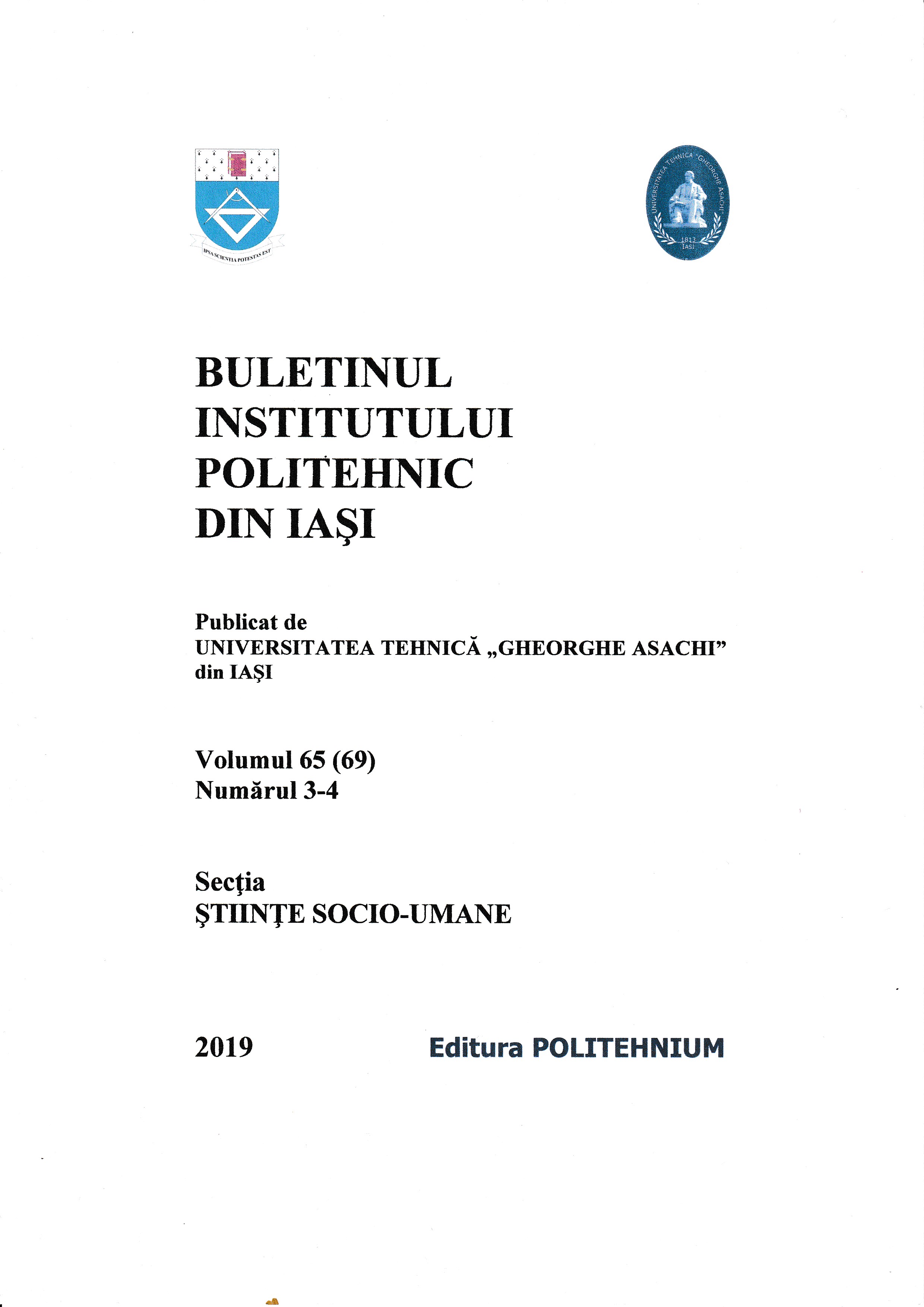A Case Study of the Effect of Social Proximity on Situational Willingness to Communicate
A Case Study of the Effect of Social Proximity on Situational Willingness to Communicate
Author(s): Paul Blewchamp, Hong Ho ChienSubject(s): Foreign languages learning, Communication studies
Published by: Editura Universității Tehnice “Gheorghe Asachi” din Iași
Keywords: Willingness to Communicate; situational WTC; social proximity; learner beliefs; learner self-confidence;
Summary/Abstract: Willingness to Communicate (WTC) has been the focus of a number of studies in recent years. The construct of WTC is seen as a combination of trait and state (situational) variables. This paper reports on a preliminary investigation into the effect of social proximity on the communicative interaction of a learner with low WTC interacting with learners of varying levels of WTC and varying degrees of social proximity. The learners’ output was quantified by word count and turn-taking. Recordings of interaction were analysed and a post-activity interview conducted to provide additional insights into the learners’ situational WTC. Results suggest that for learners with low WTC, social proximity is an important variable in situational WTC. Further research is needed to address the limitations of the study.
Journal: Buletinul Institutului Politehnic din Iași secția Științe Socio-Umane
- Issue Year: 65/2019
- Issue No: 3-4
- Page Range: 39-53
- Page Count: 15
- Language: English

